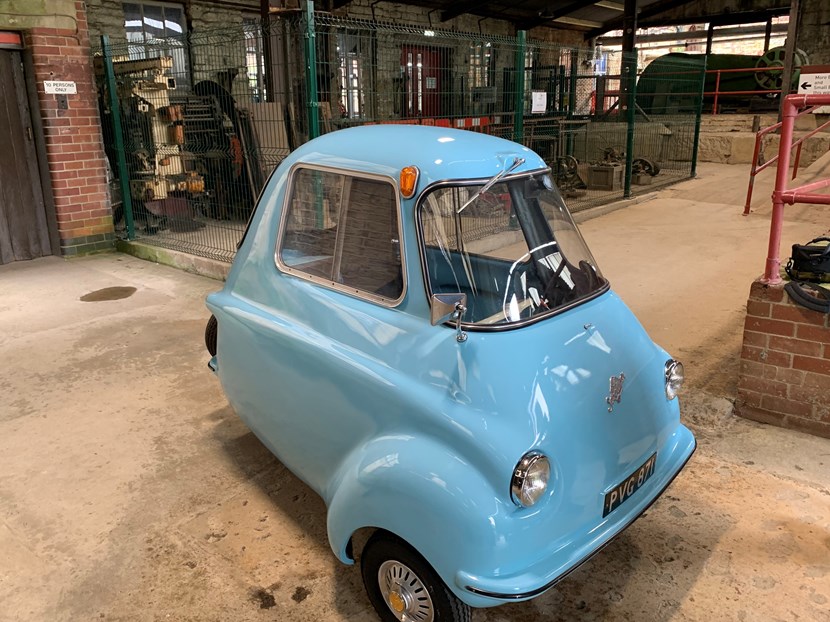
07 Jan 2020
Seven amazing Leeds inventions
Leeds has a fascinating history of genius inventors and inventions. Here’s seven amazing ideas which were made right here and you can learn more at Leeds Industrial Museum’s Leeds to Innovation exhibition: https://museumsandgalleries.leeds.gov.uk/events/leeds-industrial-museum/leeds-to-innovation
Jelly Tots
Popular sweet Jelly Tots were invented by accident by Horsforth scientists Dr Brain Boffey.
He was working as a young research scientists with confectionary giants Rowntree in York when he made the discovery while attempting to find a formula for a powdered jelly which would set instantly when added to cold water.
Ultracane
Developed as a way to help blind and partially sighted people navigate around pavements and buildings, the idea for the Ultracane originated at the University of Leeds.
Engineer Professor Brian Hoyle, and colleagues worked on the project in 2004, which uses ultrasonic waves like bats to reveal where obstacles are.
Spirograph
The ‘Spirograph’ game was developed by Leeds engineer Denys Fisher in the mid-1960s and helped a generation of children unleash their creative potential. The idea of using complex spiral drawings had been used before but Denys Fisher’s ‘Spirograph’ game brought the idea to a whole new audience. Denys experimented with Mecanno parts in his attempt to perfect his new game. The game won the ‘Toy of the Year’ award in 1967.
The selfie
Inventor Washington Teasdale is thought to have taken one of the world’s first selfies in the ruins of Kirkstall Abbey.
Teasdale, a polymath and pioneer in fields including naturalism and engineering, captured the historic image in 1883, one of the earliest examples of someone both taking and appearing in a photo.
Smeaton’s lighthouse
Known as The Father of Civil Engineering, Smeaton was a pioneer in the field and his innovative lighthouse design was a major breakthrough.
Smeaton modelled the shape on an oak tree, and used 'hydraulic lime', a concrete that set under water. Construction of his design started in 1756 at Millbay and the light was first lit on October 16, 1759.
Cluedo
A true table top classic, Cluedo was among the most famous board games produced by Leeds-based Waddingtons.
Originally designed by Anthony Pratt of Birmingham, Pratt took his idea to Waddingtons in Leeds and presented it to Norman Watson, one of the company’s executives. Watson accepted the game and changed the title to Cluedo.
The Scootacar
Originally manufactured in the late 1950s by Scootacars Ltd, a division of the famous railway locomotive builder, the Hunslet Engine Company, the eye-catching vehicles were said to have been inspired by the wife of one of the company directors, who said she wanted a car that was easier to park than her more bulky Jaguar.
For media enquiries contact:
Leeds City Council Communications team
communicationsteam@leeds.gov.uk